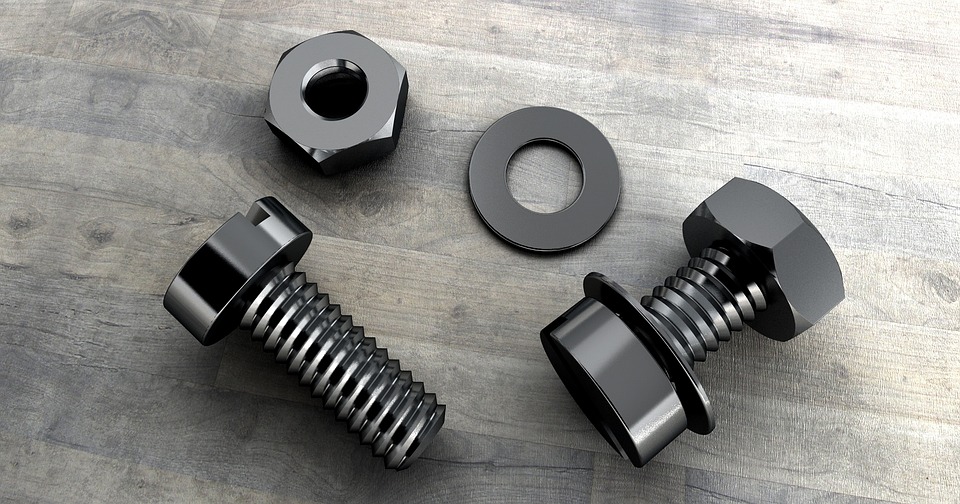When it comes to vehicle maintenance, there are certain components that often go unnoticed until they cause issues. One such vital part is the ball joint. Often compared to a “ball-and-socket” joint in the human body, the ball joint plays an essential role in connecting the steering knuckle to the rest of the vehicle’s suspension system. Though small and simple in design, the ball joint is fundamental to your vehicle’s performance, safety, and handling. In this article, we will explore the significance of ball joints, their function, signs of wear, and how to maintain them to ensure a smooth, safe ride.

What is a Ball Joint?
The ball joint is a critical component of your vehicle’s suspension system. It serves as a connection point between the control arms and the steering knuckles, enabling your vehicle’s wheels to move freely in response to steering input. This motion helps to maintain the alignment of the wheels, ensuring the car drives smoothly and handles well.
Structurally, the ball joint is composed of a ball (the spherical part) that sits inside a socket. This design allows for a pivoting motion, much like how a ball-and-socket joint functions in the human body. This movement is essential for the proper functioning of your vehicle, as it allows the wheels to move up and down while also turning with the steering mechanism.
How Ball Joints Contribute to Suspension and Steering
The primary role of the ball joint is to facilitate smooth movement in the suspension system. The ball joint allows the wheels to travel up and down as the suspension absorbs shocks from bumps in the road. It also helps maintain the alignment of the wheels, ensuring they remain at the correct angle for efficient steering and handling.
Without properly functioning ball joints, your vehicle’s suspension system may struggle to maintain control over the wheels. This can lead to poor handling, uneven tire wear, and even unsafe driving conditions. When you turn the steering wheel, the ball joint ensures that the wheels move with the correct response, contributing to smoother, more controlled driving.
Signs of Worn Ball Joints
Like all vehicle components, ball joints have a finite lifespan. Over time, they can wear out due to constant use, exposure to road conditions, and the stress of driving. Recognizing the signs of worn ball joints is crucial to ensuring the safety and performance of your vehicle.
One of the most common symptoms of worn ball joints is unusual noises, such as clunking or popping sounds. These noises typically occur when turning the steering wheel or driving over bumps. The sound is often caused by the ball joint no longer providing the necessary support to the steering knuckle, allowing it to move in ways it shouldn’t.
Another sign to watch out for is poor handling. If your vehicle feels loose or unresponsive, it could be a sign that the ball joints are no longer performing their intended function. This can make your steering feel less precise, which can be dangerous in high-speed or emergency situations.
Uneven tire wear is also a red flag. Worn ball joints can cause the wheels to become misaligned, which leads to uneven pressure on the tires. This can cause the tires to wear down faster on one side, reducing their lifespan and compromising safety.
Lastly, a noticeable change in the vehicle’s ride quality can indicate a problem with the ball joints. If your car seems to have excessive play in the suspension, or if the ride feels bumpier than usual, it’s time to have the ball joints inspected.
The Consequences of Ignoring Worn Ball Joints
Failing to address worn ball joints can lead to serious consequences. Not only can it compromise the safety and handling of your vehicle, but it can also lead to more expensive repairs down the road. For example, if a ball joint fails completely, it can cause the control arm to detach from the steering knuckle, potentially resulting in a loss of control of the vehicle. In such cases, the vehicle may become undriveable, and a complete suspension overhaul may be necessary.
Moreover, driving with worn ball joints puts additional strain on other suspension components, such as the steering rack and control arms. This can accelerate wear on other parts and lead to costly repairs that could have been avoided by replacing the ball joints in time.
How to Maintain Ball Joints
Regular maintenance is key to ensuring the longevity of your ball joints. One of the best ways to extend their life is by performing routine suspension inspections. Have your mechanic check the ball joints for signs of wear, such as excessive play or visible damage. Many mechanics will check the ball joints as part of a standard vehicle inspection, especially if you are experiencing handling issues or other suspension-related problems.
It’s also important to maintain proper alignment. Misaligned wheels can put excessive pressure on the ball joints, causing them to wear out prematurely. Make sure to have your vehicle’s alignment checked regularly, especially after hitting curbs, potholes, or other obstacles.
Additionally, keeping your suspension system clean and lubricated can help protect the ball joints. Dirt, debris, and water can cause corrosion and accelerate wear on the joint, so it’s important to ensure that the area around the ball joints is clean and free of contaminants.
Replacing Ball Joints
If your ball joints are worn beyond repair, replacement is the only option. Depending on the make and model of your vehicle, replacing ball joints can be a relatively straightforward job for a skilled mechanic. However, because the suspension system plays such a critical role in your vehicle’s safety, it’s important that this job be performed by a professional.
When replacing ball joints, make sure to use high-quality parts that are designed for your specific vehicle. Choosing the right parts ensures that the ball joints will provide the necessary performance and safety features for years to come.
Conclusion
In conclusion, the ball joint is an essential part of your vehicle’s suspension system that directly affects steering, handling, and overall driving safety. Regular maintenance and timely replacement of worn ball joints can prevent costly repairs and ensure a smoother, more controlled driving experience. By staying vigilant for signs of wear and having your ball joints inspected regularly, you can protect your vehicle’s performance and longevity. Remember, when it comes to your car’s suspension, a small part like the ball joint can make a big difference in keeping you safe on the road.





